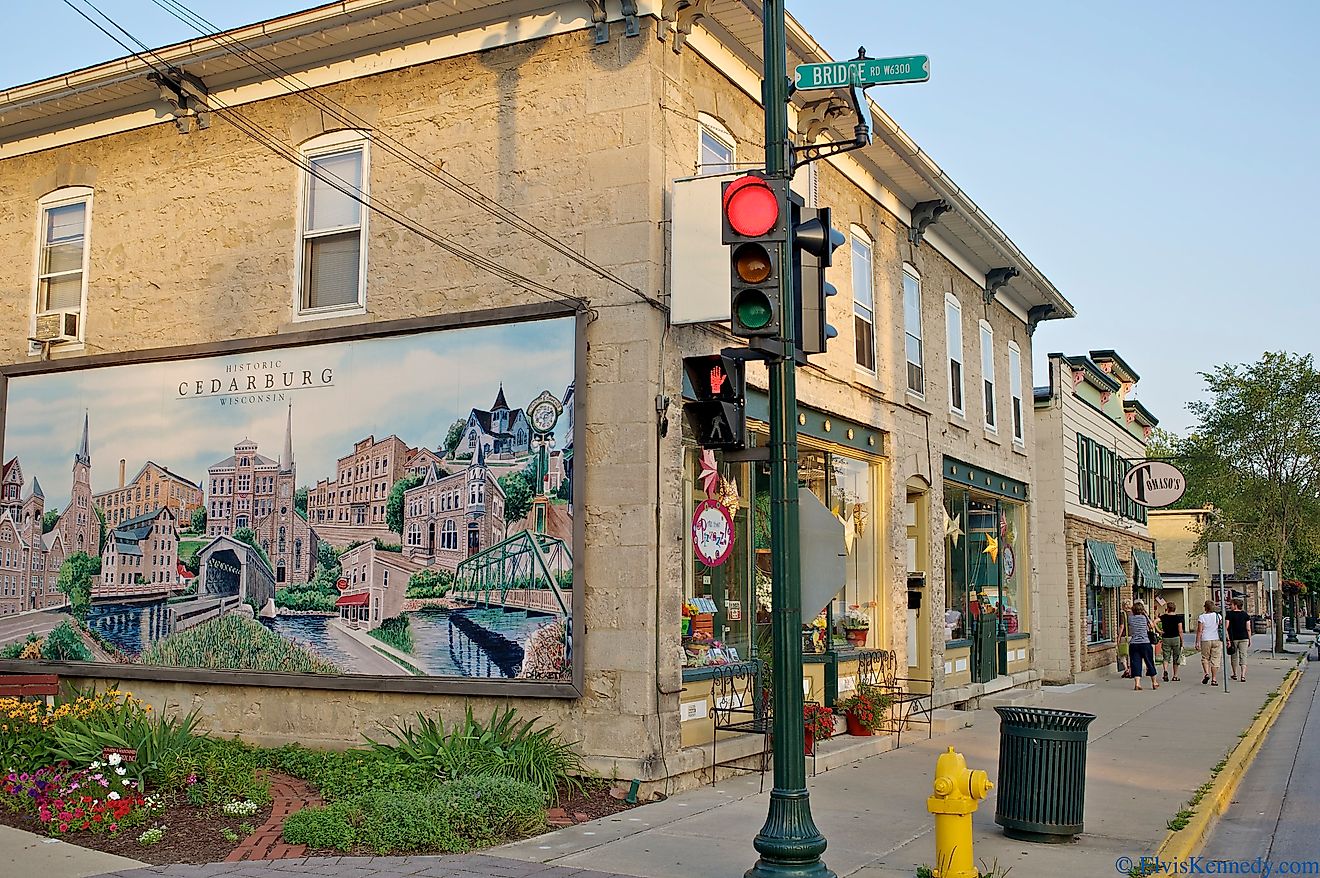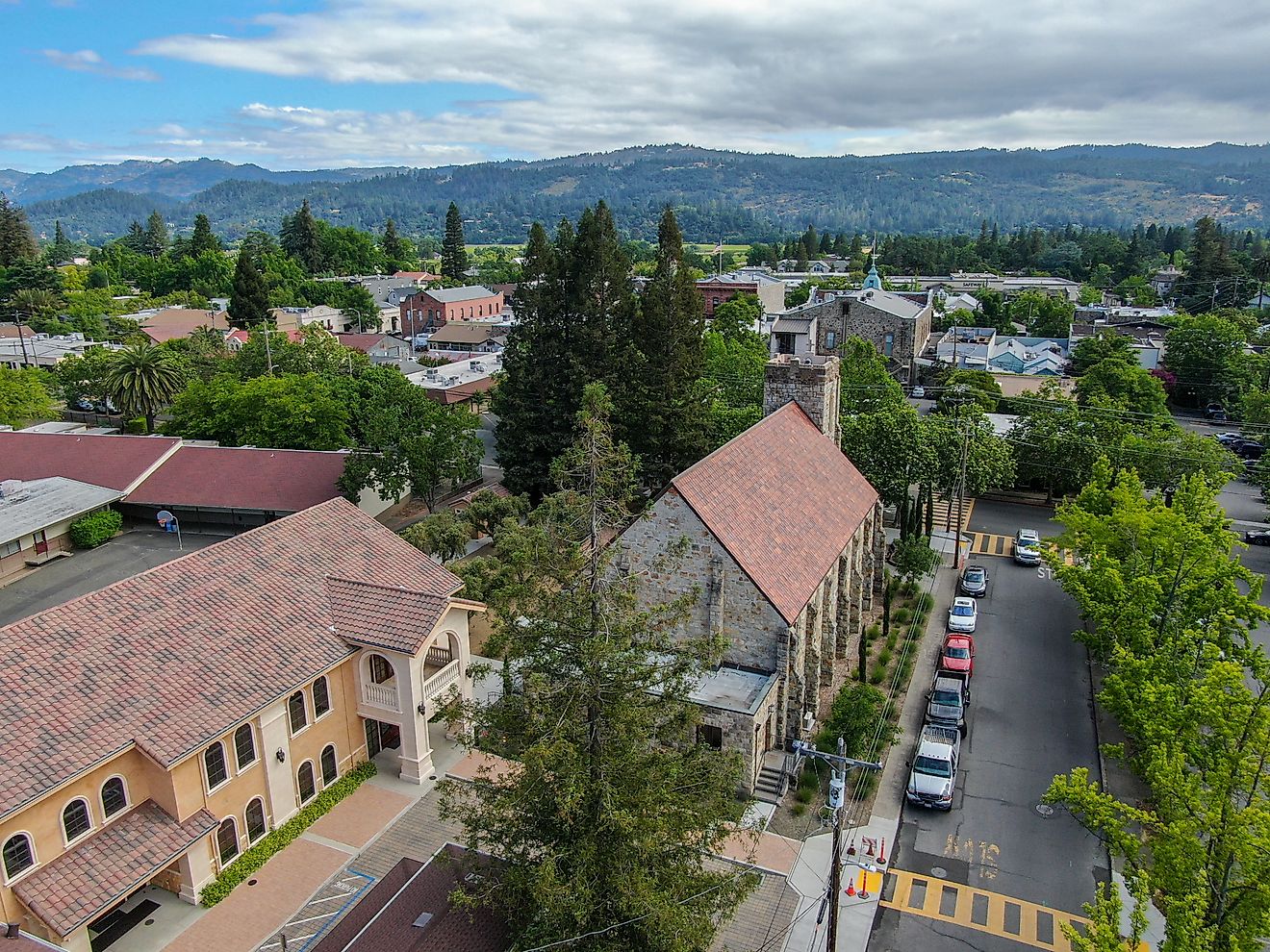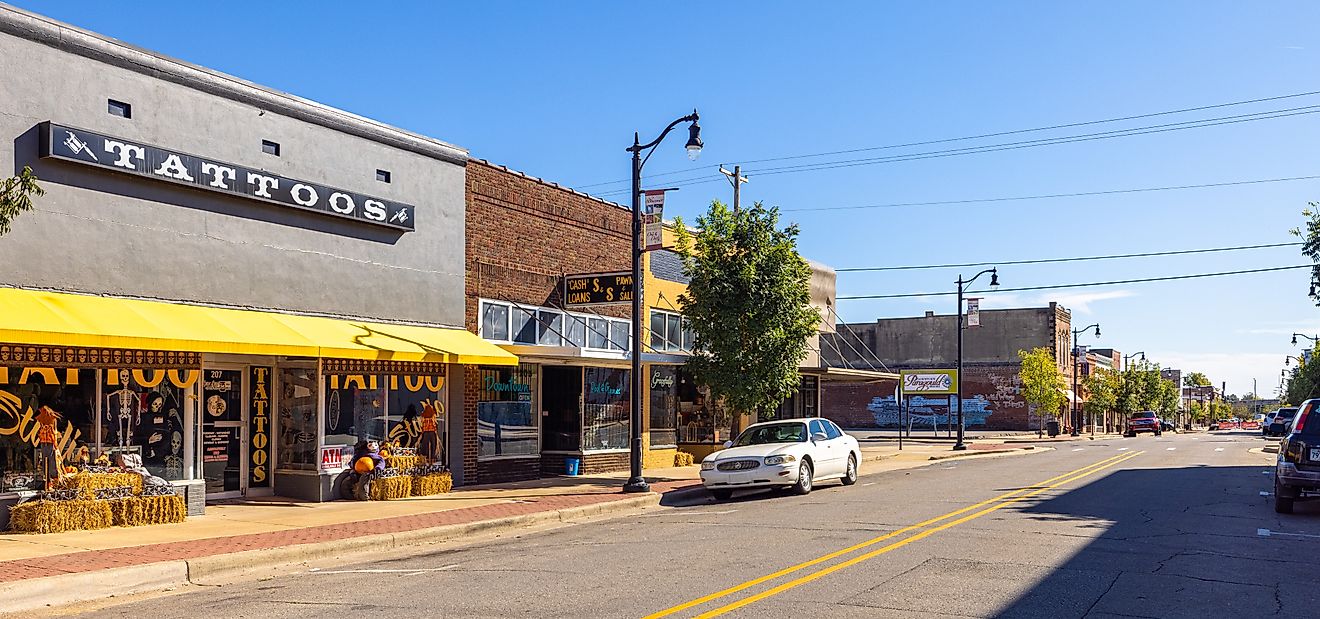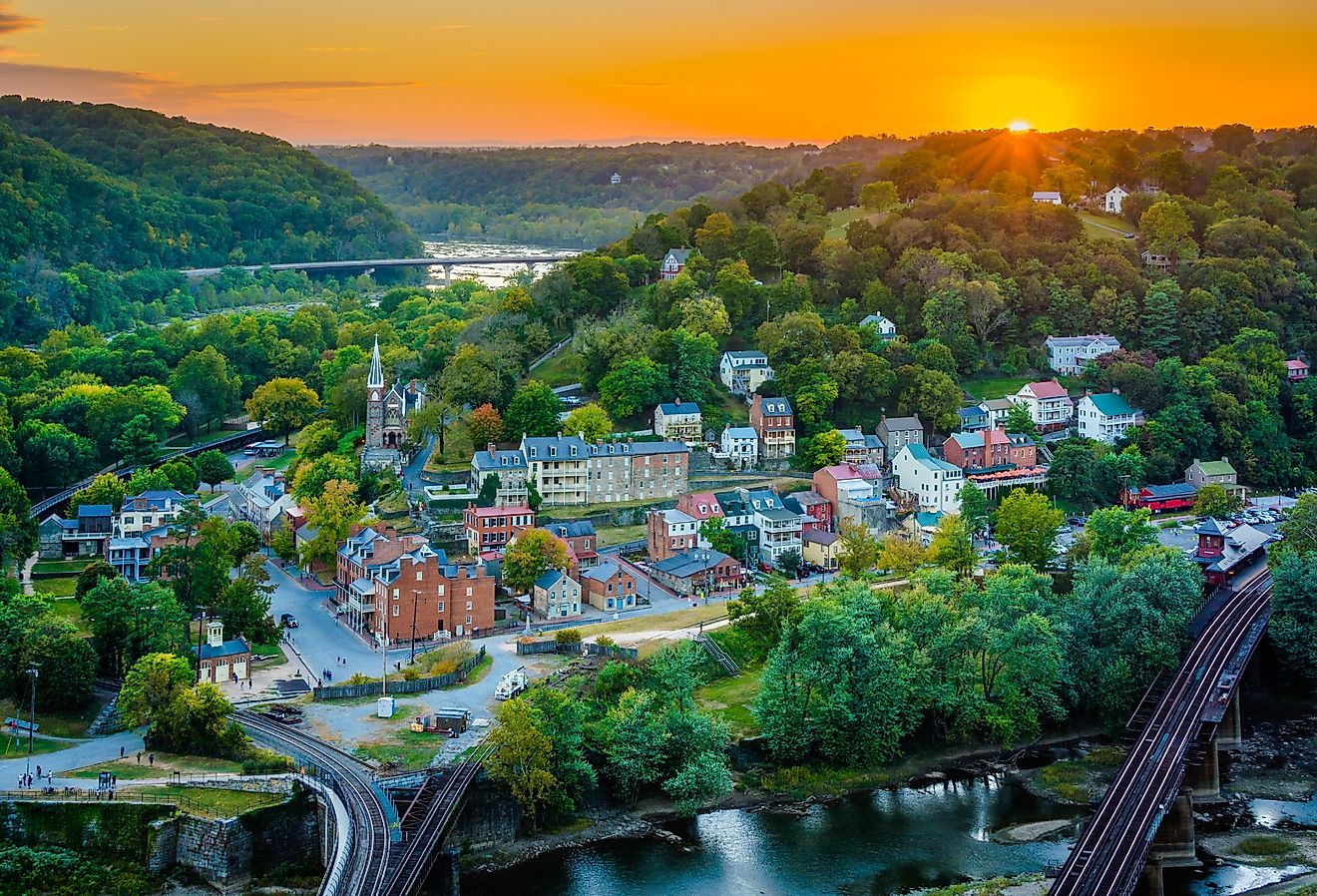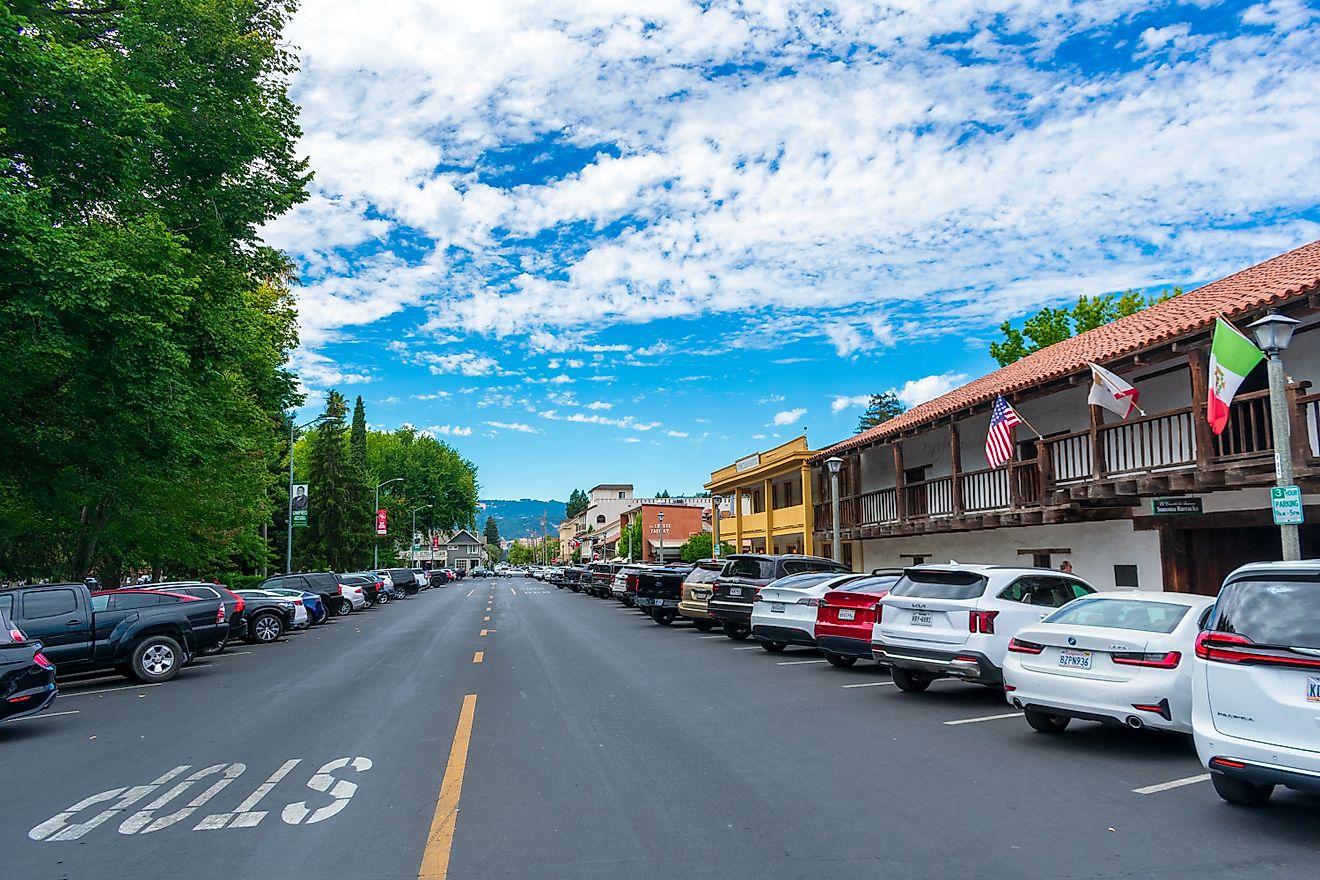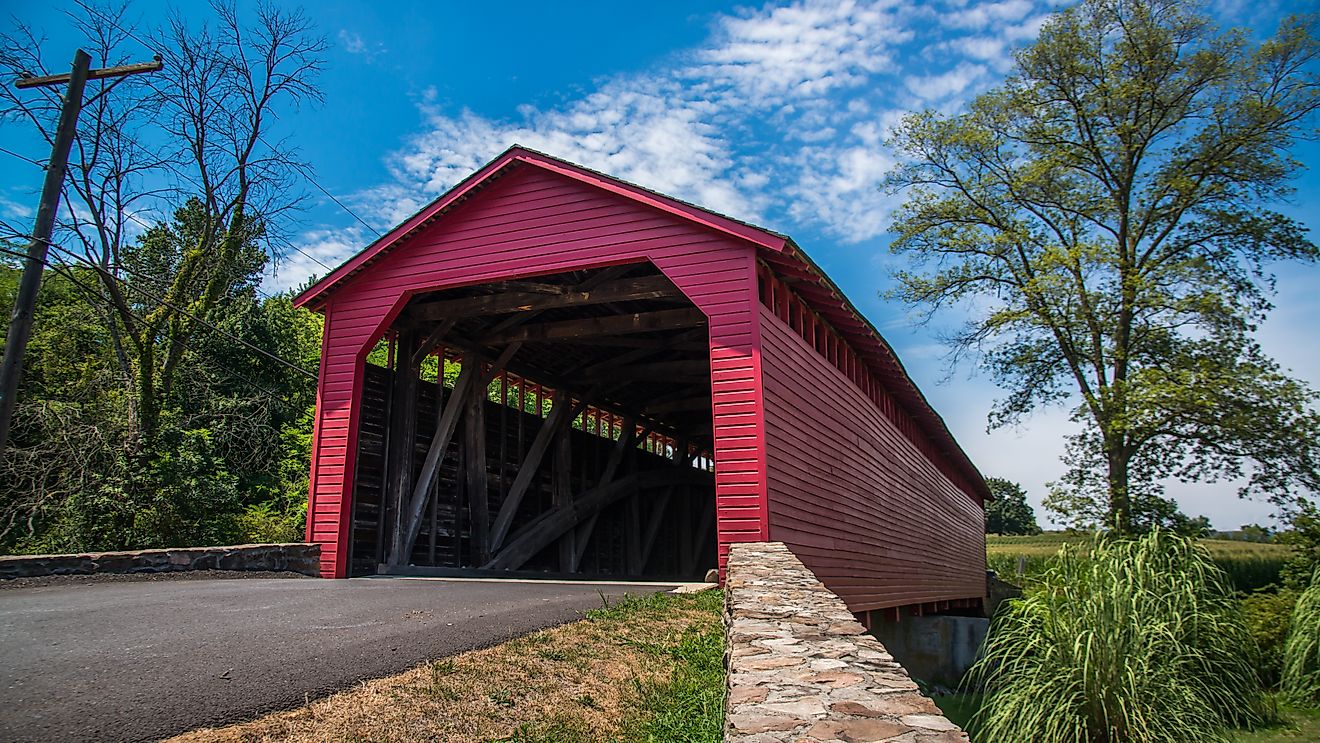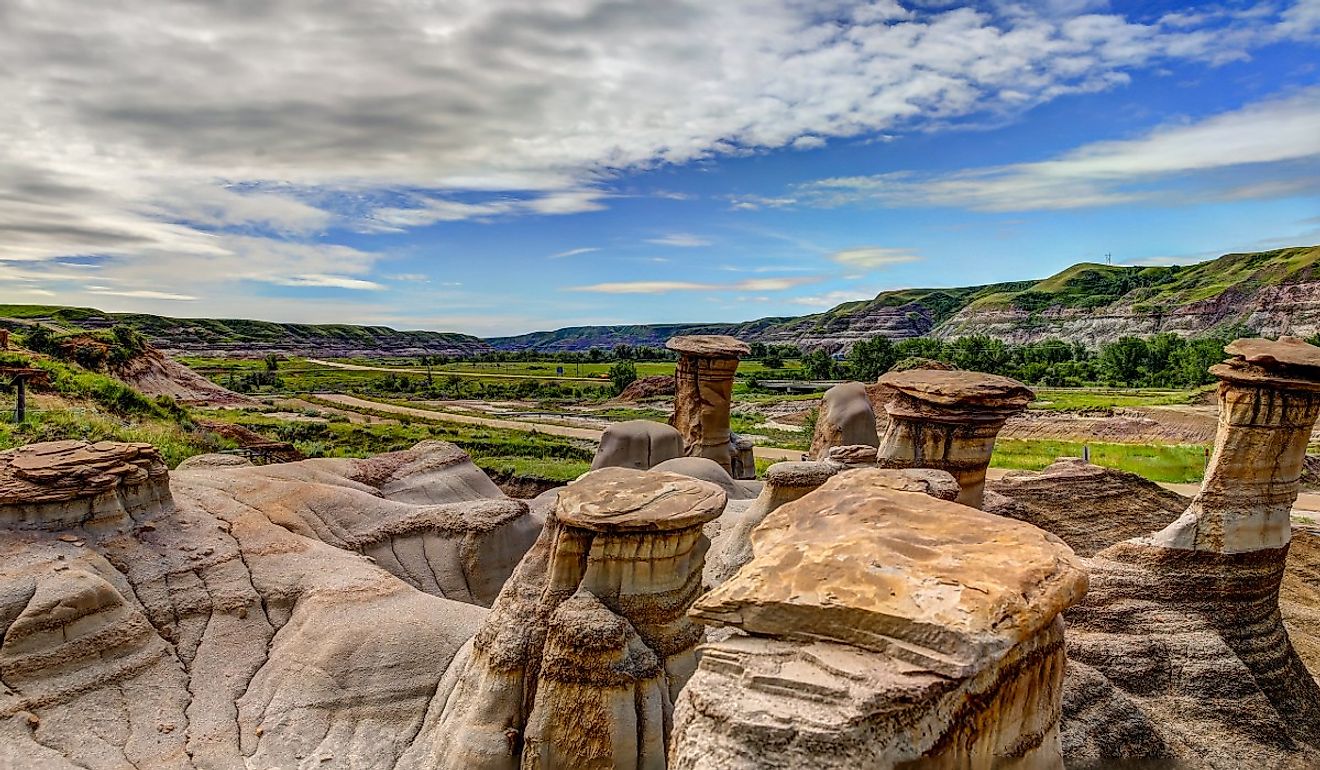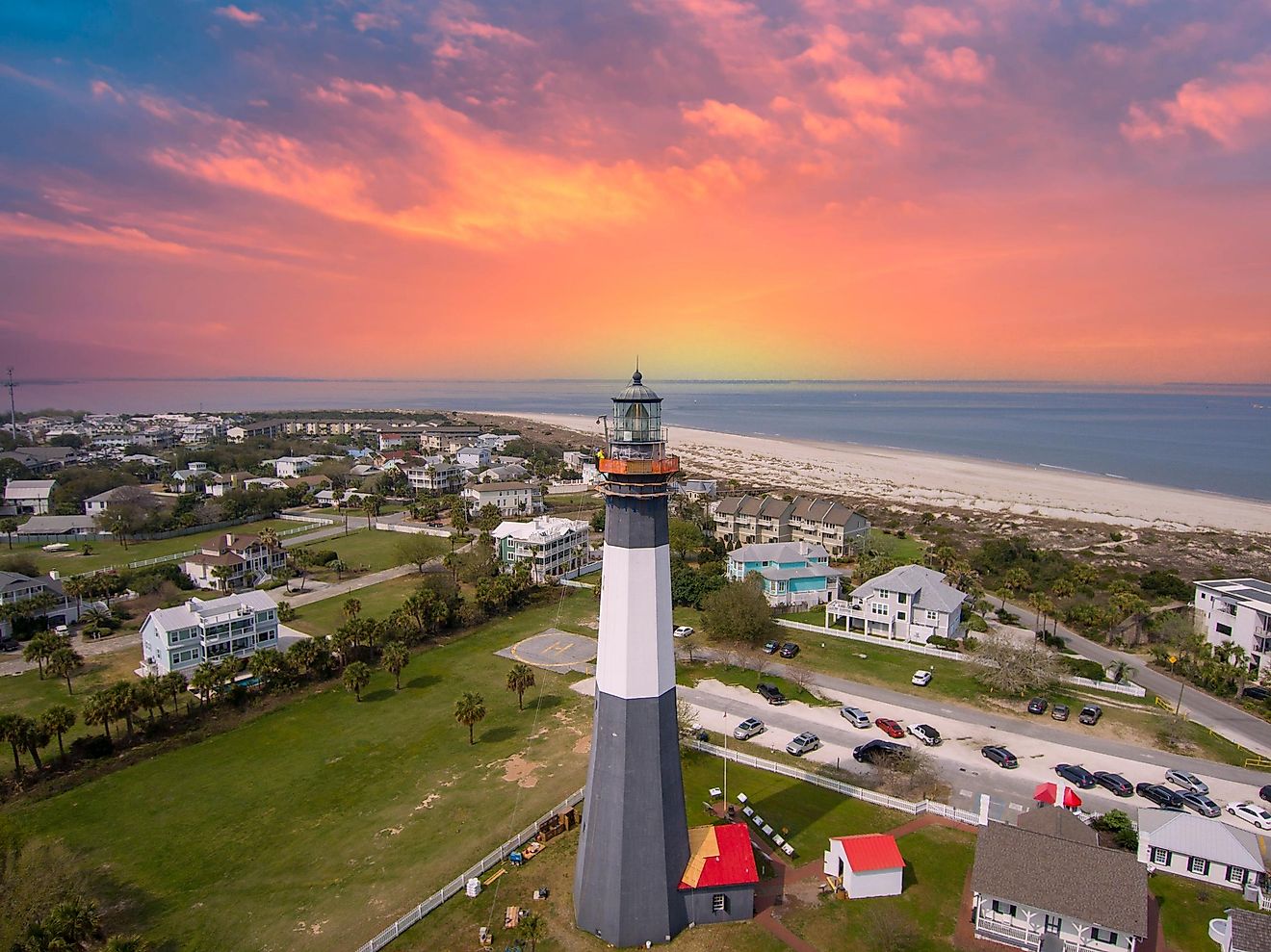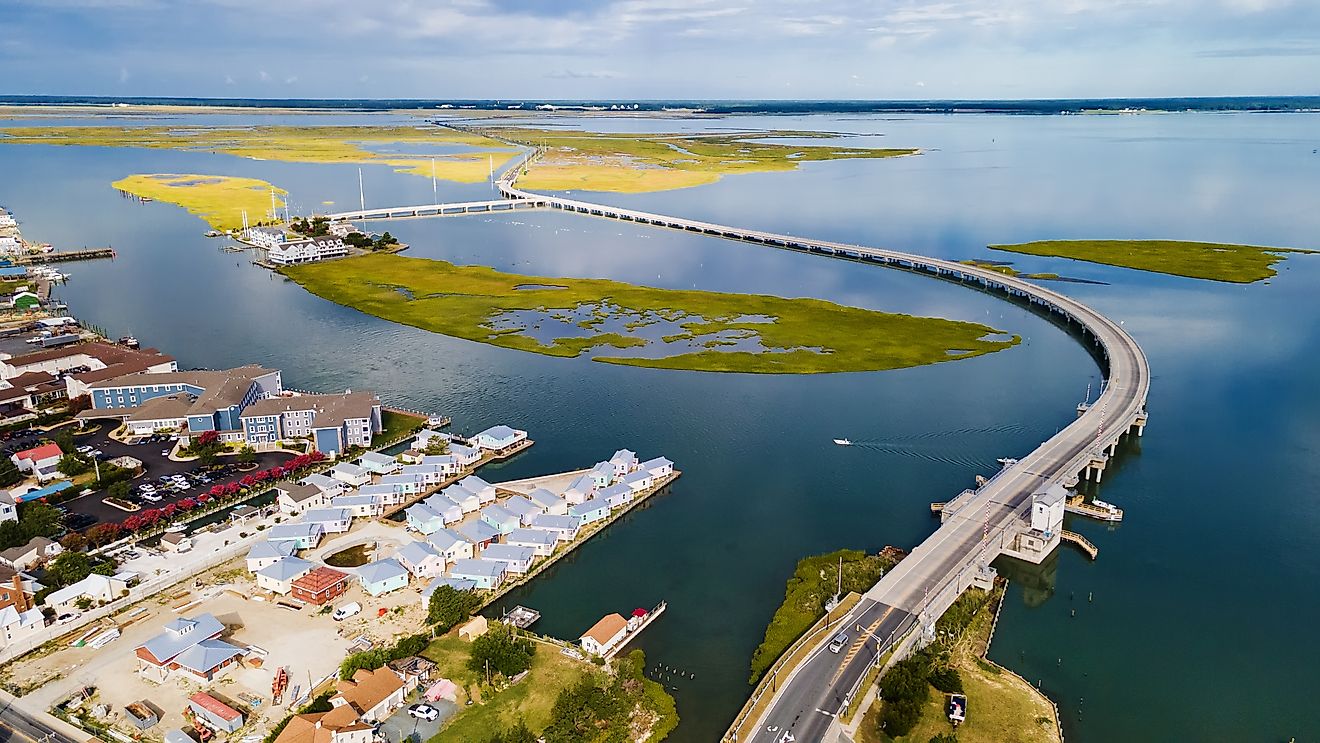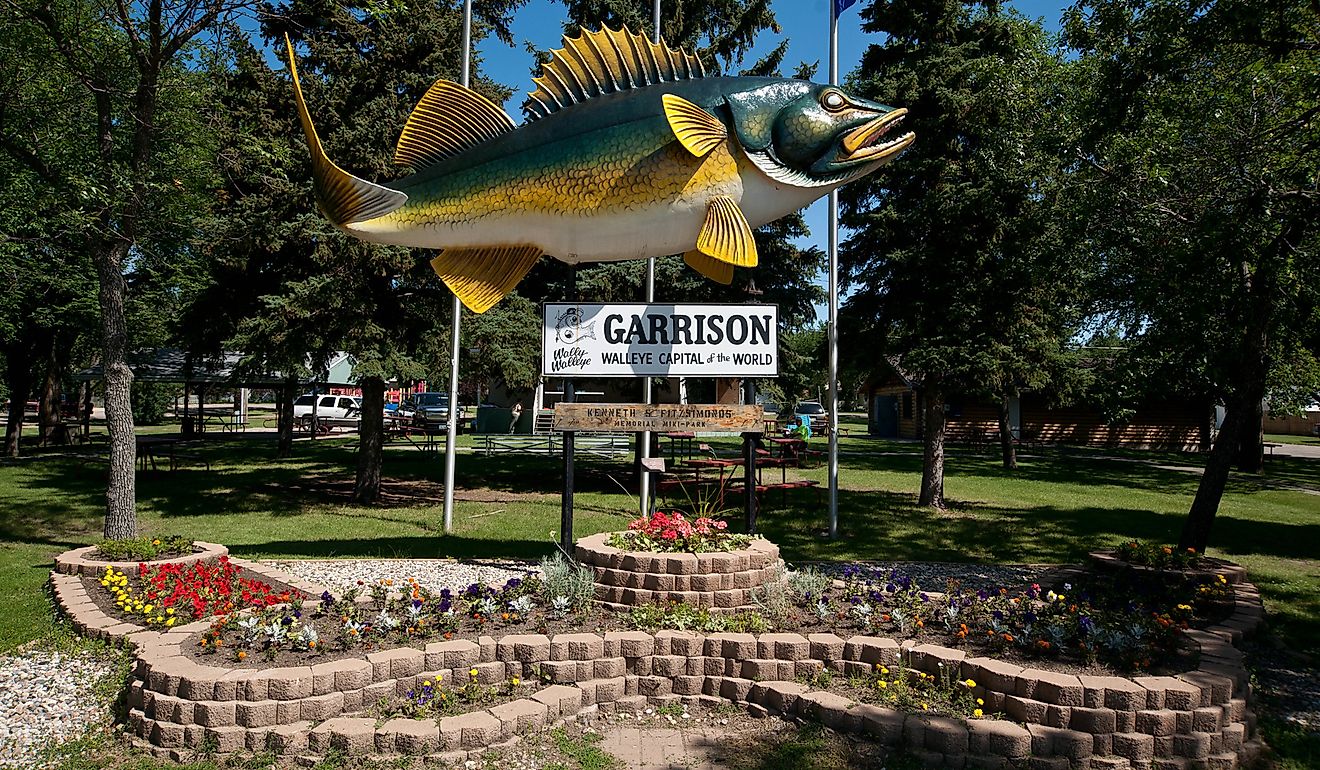
8 Historic Towns In Utah
Home to the Great Salt Lake and sections of the Rocky Mountains, with nearly one-third of its land classified as desert, Utah’s landscape is as diverse as its past. While often associated with its Mormon settlers, the area has been inhabited since as early as 10,000 BCE, welcoming various groups long before pioneers arrived. From the Pueblo people who lived here around 400 CE to the 18th-century Spanish missionaries who passed through, the Beehive State has seen many faces and cultures in its lifetime.
These historic towns showcase thousands of years of stories, featuring relics from Indigenous inhabitants and landmarks from more recent settlements. Some towns even have origins tied to dinosaurs, displaying prehistoric fossils dating back millions of years. A common thread among these towns, however, is a commitment to preservation, ensuring that these histories and heritages are maintained for future generations.
Springdale
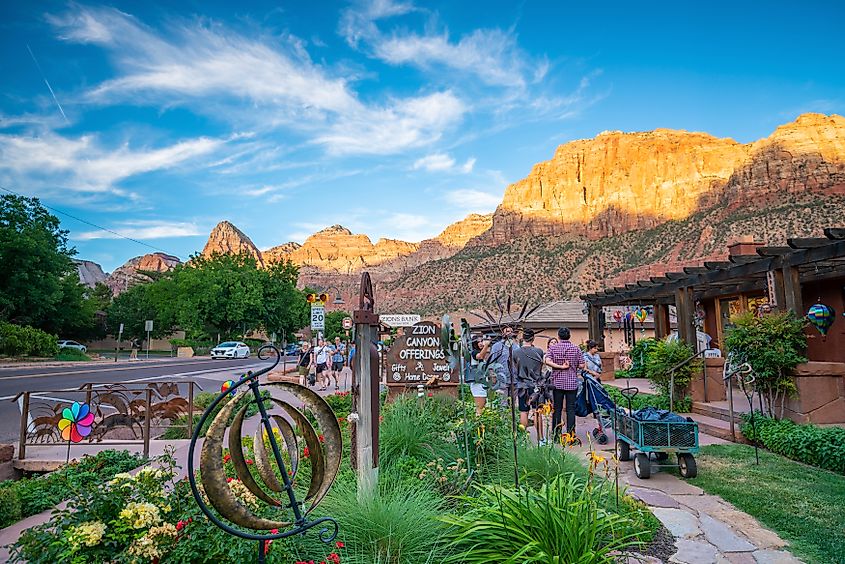
Long before Springdale was settled by Mormon farmers in 1862, the area was inhabited by Indigenous tribes like the Southern Paiute and Ancestral Puebloan. For thousands of years, these groups lived in and around the Zion Canyon, building homes and living off the land we now consider Zion National Park. Through excavations in the 1930s, archaeologists unveiled this Indigenous history, unearthing artifacts such as baskets, sandals, house ruins, ceramics, and more. These relics revealed stories of lives before European settlement, long before the days of Springdale.

As the primary gateway to Zion National Park, Springdale is the perfect home base to learn more about this ancient history. Encompassing Zion Canyon’s gorgeous red cliffs and winding Virgin River, the park invites you to take the same paths these tribes walked for thousands of years. At the Zion Canyon Visitor Center, near the south park entrance, you can learn more about the park’s geology before heading to the nearby Archeology Trail.
Once the setting of countless archaeological discoveries, today, the trail connects you to an ancestral Puebloan ruin with informative plaques posted throughout. Nearby, the Zion Human History Museum is another way to learn more about the region’s past, from its earliest Indigenous inhabitants to its more recent Springdale pioneers.
Moab
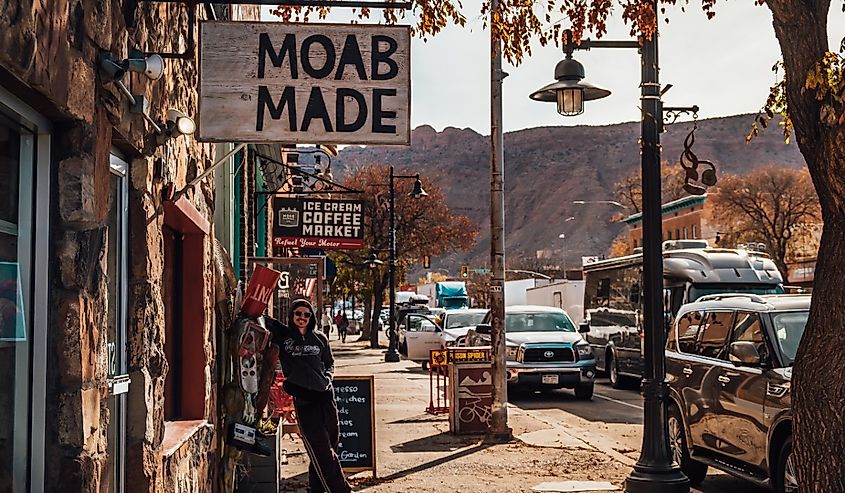
In eastern Utah, Moab is another small city with an ancient history and monumental backyard. Similar to Springdale, the community is a gateway to one of Utah’s acclaimed national parks, whose landscape and landmarks display spellbinding stories of the past. Just 5 miles from the Arches National Park entrance, Moab is the perfect home base to explore the iconic red rock landscapes and arches, whose formation began around 65 million years ago. These geological wonders are a testament to time and wear, showcasing the region’s mesmerizing natural history.
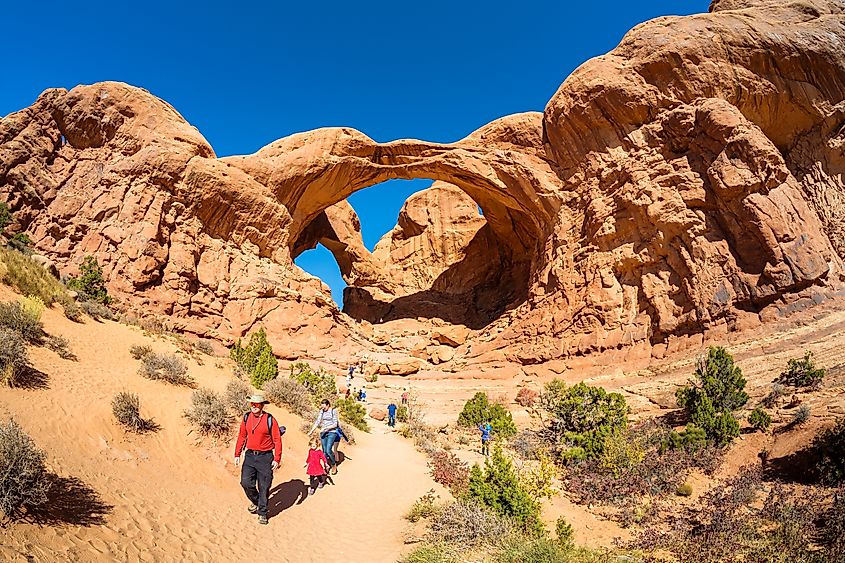
Indigenous history is also ingrained in Moab, visible in the park’s ancient pictographs. Located just north of the city, the Courthouse Wash Panel Trail will lead you to rock markings near the Courthouse Wash and Colorado River junction. Archeologists believe the pictographs date back between 1,500 and 4,000 years ago, making this landmark well worth the trek.
Back in the city, Moab’s museums also explore the area’s prehistoric past. Over the years, countless dinosaur fossils have been discovered in and around Moab, as its Mesozoic-Era rocks are known for being especially well-preserved. Visitors can explore attractions like the Museum of Moab to observe these prehistoric specimens, while the Moab Giants Museum and Dinosaur Park features full-size, reconstructed dinosaurs.
Blanding

A little over an hour south of Moab, Indigenous history and prehistoric relics are equally ingrained in Blanding’s heritage. The San Juan County city, formerly Grayson, was founded by Mormon settlers in the late 1800s. Located on White Mesa, a high plateau, settlers chose the area with visions of building an LDS temple here, although this never grew into fruition. As time went on, the community saw various industry booms and busts, from agriculture to oil. Eventually, Blanding’s archeological discoveries and natural wonders took the spotlight, drawing visitors from far and wide to this day.
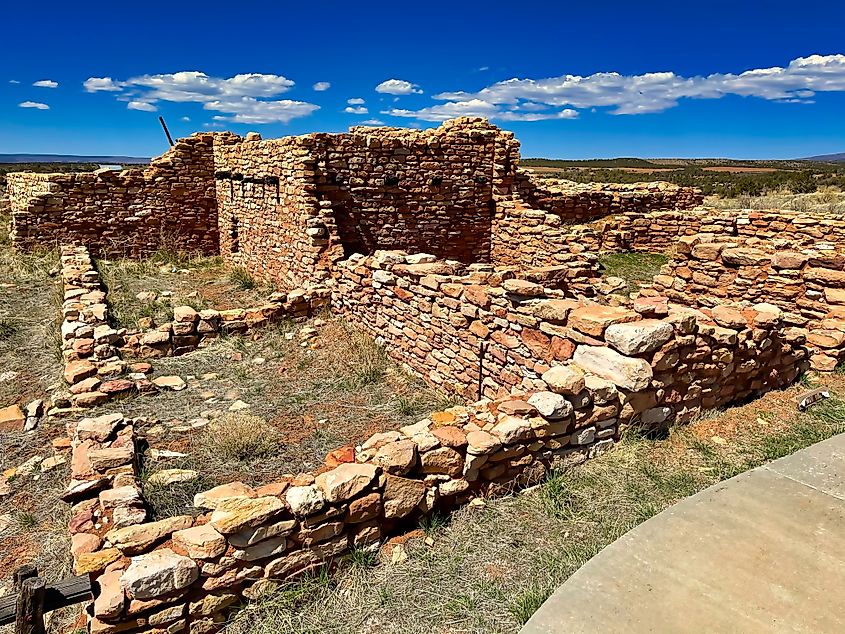
As one of the city’s most prominent attractions, Edge of the Cedars State Park Museum preserves and displays an Ancestral Puebloan archaeological site and its relics. Exhibits include pottery and rare artifacts like the macaw feather sash, estimated to date back to 1150 CE. Visitors can also explore the ruins of an authentic Puebloan village behind the museum.
Nearby, Blanding’s Dinosaur Museum is a fascinating follow-up, showcasing a diverse and rare collection of fossils and mummified dinosaurs. While some were discovered in Blanding and others were not, the museum commemorates Blanding’s prehistoric significance. The city is considered part of the Dinosaur Diamond, “a hotbed of prehistoric dinosaur activity and fossil finds.”
Panguitch

Bounded by the Sevier River and Markagunt Plateau, 6,666 feet high in the southern Panguitch Valley, Panguitch’s past is as rugged as its landscape. Welcoming its first non-Indigenous settlers in 1864, 54 Mormon pioneer families cleared much of the land, building cabins, animal pens, and crop fields. However, the settlers faced countless conflicts and challenges, including the Black Hawk War of 1865, which led to a brief abandonment of the town. During their first winter, Panguitch’s severe climate was also a challenge, with men forced to retrieve supplies using a quilt atop snow banks, now dubbed the “Panguitch Quilt Walk.” In spite of these trials, the community adapted and grew, eventually establishing sawmills, a post office, a hotel, and a co-op store.
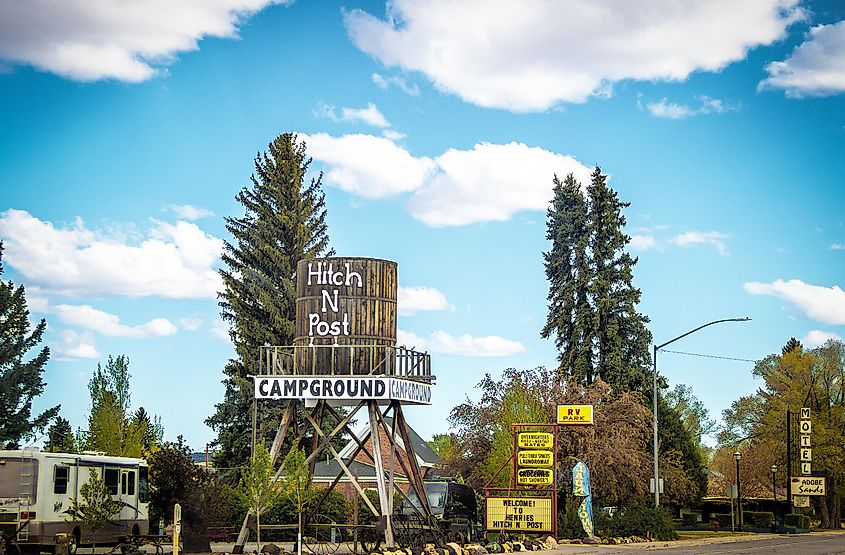
Initially named Fairview, Panguitch was later renamed after the nearby fishing lake, which means “Big Fish” in the Paiute language. By 1899, it had a population of 500 and was officially incorporated, transitioning from cabins to sturdier buildings made from bricks using local kilns. The city embraced electricity by 1910, peaking at 2,500 residents by 1930. Although the population has since declined to around 1,800 in 2023, the town remains spirited and proud of its heritage. Visitors can explore the Panguitch Historic District, featuring a pioneer log cabin from 1890 and historic brick homes on Main Street. Each June, the town also celebrates its history with the Quilt Walk Fest, honoring the original Quilt Walk.
Mount Pleasant

Located in Central Utah, Mount Pleasant is another small city with a colorful past shaped by conflict. While Mormon pioneers first settled the area in 1852, like Panguitch, it was briefly abandoned due to ongoing wars with the Natives. By 1859, Mount Pleasant was resettled, and a peace treaty was signed in 1872 at what is now the Mt. Pleasant Pioneer Museum and Relic Home. With the Black Hawk War put to rest, the city continued to rebuild and grow, accelerated by the introduction of a railroad in 1890.
Today, you can visit the treaty signing site to learn more about the city’s conflicts and pioneer past. Mount Pleasant’s Historic District also showcases a variety of buildings from the era, including Mt. Pleasant's information center, which is set in an 1890s railroad depot. Further commemorating the region’s railroad past, Mount Pleasant is also home to Track89, a hotel set in a restored train caboose.
Back in the center of town, Mt. Pleasant’s Main Street also showcases significant sites like the 1892 Victorian-era N.S. Nielson House. A brief walk from there will then bring you to the historic Wasatch campus, Utah’s oldest continually operating secondary school, established in 1875.
Fillmore
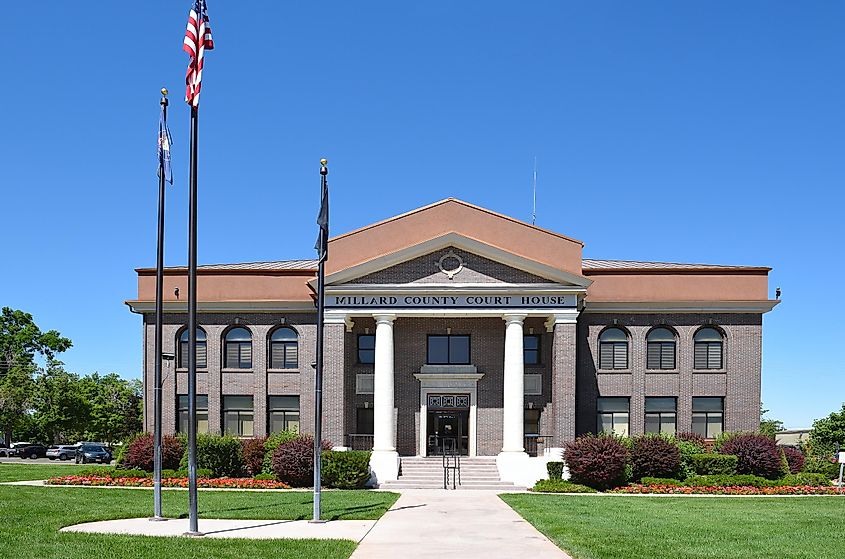
Lying west of the Pahvant Range, Fillmore is a small city with a tremendous legacy. After Utah became a territory under the Organic Act of 1850, Fillmore was chosen as the state’s first territorial capitol. The city was officially established in 1851 and named after then-president Millard Fillmore, who elected Brigham Young as Utah’s first governor. Since the majority of Mormon settlements at that time were confined to the western slopes of the Wasatch Mountains, Young aimed to broaden their territory, selecting Fillmore to serve as Utah’s political center. However, Fillmore's rural setting and slow development led to Salt Lake City replacing it as the capital just a few years later, in 1856.
While no longer the capital, Fillmore takes pride in its origins, commemorating its past with attractions like the Territorial Statehouse State Park Museum. Housed in the short-lived capitol building, despite not being completed to its full intended size, the red brick structure is no less striking. For just $2 USD, visitors can explore the museum and its artifacts, along with two on-site pioneer log cabins and an 1867 schoolhouse. The museum is also one of several historic landmarks on Fillmore’s Historic Walking Trail, whose route guides visitors past the Old Millard County Courthouse and historic homes dating back to the late 1800s.
Manti
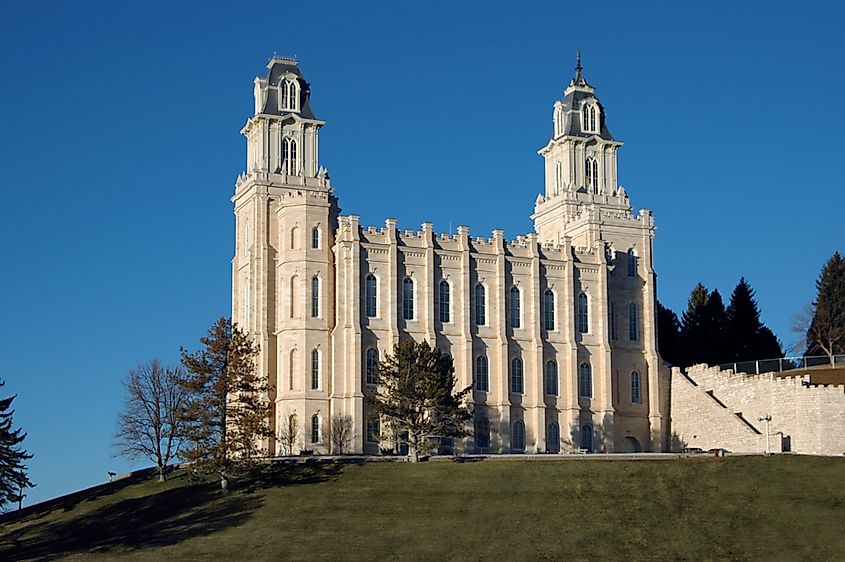
Much like Fillmore, Manti, a Sanpete Valley community in Central Utah, played a significant role in expanding Utah’s territory from the Wasatch Front. Following orders from Brigham Young, 224 Mormon pioneers left Salt Lake City behind in 1849 to settle Manti. It made history as the southernmost European settlement in the state at the time, serving as a hub for the communities that followed. In 1850, Brigham Young named the community in honor of a passage from The Book of Mormon, and Manti was officially incorporated by 1851.
The majority of Manti’s first settlers were British and Danish Mormons, whose heritage thrives in the community to this day. The city’s famed landmark, the Manti Utah Temple, was completed in 1888; its impressive limestone exterior was built using materials from quarries where the temple now towers over the city’s skyline. Across from the temple, Manti’s Pioneer Heritage Gardens offers views of the historic building, along with scenic walkways lined with informative plaques and access to the Historic Manti Cemetery.
Richfield
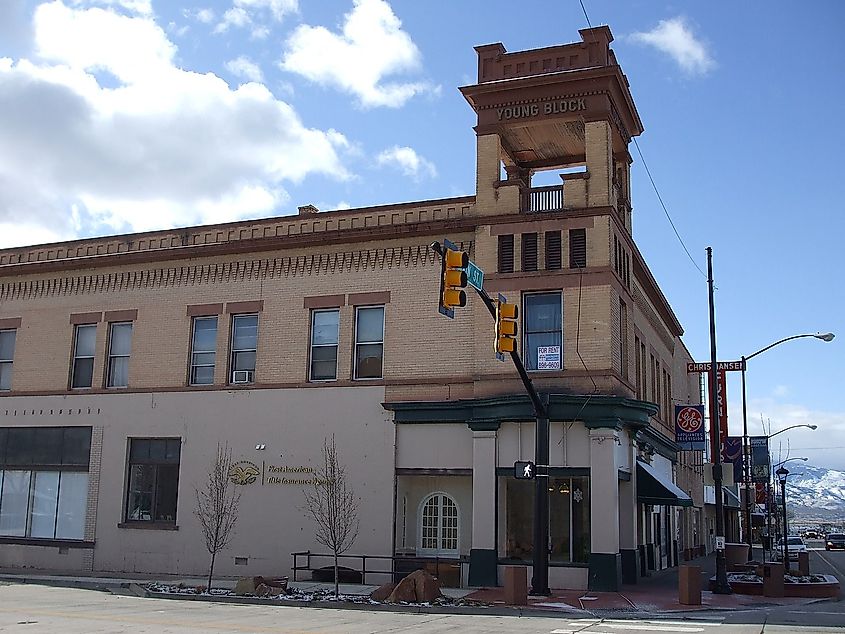
About an hour southwest of Manti, Richfield is the largest city for about a hundred miles, earning the nickname “the hub of Central Utah.” With an estimated 8,268 locals in 2023, the city’s central location makes it an excellent home base for a range of attractions, many rich in history. But before using Richfield as a gateway to adventure, the city itself is worth exploring. At the center of it all, Richfield’s historic Main Street houses a range of beautifully preserved buildings, such as the historic post office, the 1913 Richfield Carnegie Library, and the Young Block, a historic structure built in 1907. Also, on Main Street, the Richfield Visitor Center can point you to the area’s other attractions.
Part of the Panoramaland travel region, Richfield is surrounded by some of the state’s best National Parks, forests, and natural landmarks. For instance, less than a half-mile from the Richfield Visitor Center, you can find a gorgeous natural spring for which Richfield was originally called “Warm Springs” by early settlers. Under half an hour’s drive from Richfield, visitors can also explore the Fremont Indian State Park and Museum, which is famous for uncovering the ruins of a prehistoric Fremont Village. After exploring the pottery, arrowheads, and other artifacts in the museum, park routes like the Cave of a Hundred Hands and Parade of Rock Art Trail will lead you to ancient handprints and pictographs in Clear Creek Canyon.
Whether you are visiting Utah for the first time or looking to explore the rich tapestry of your home state's history, these historic towns offer a captivating glimpse into the region’s fascinating and profound past. Each town has its own unique story to tell, revealing layers of history that span thousands and sometimes millions of years. From Moab’s Indigenous artifacts and prehistoric relics to Manti’s Mormon legacy and pioneer heritage, there is something to delight every history enthusiast and tourist alike.
